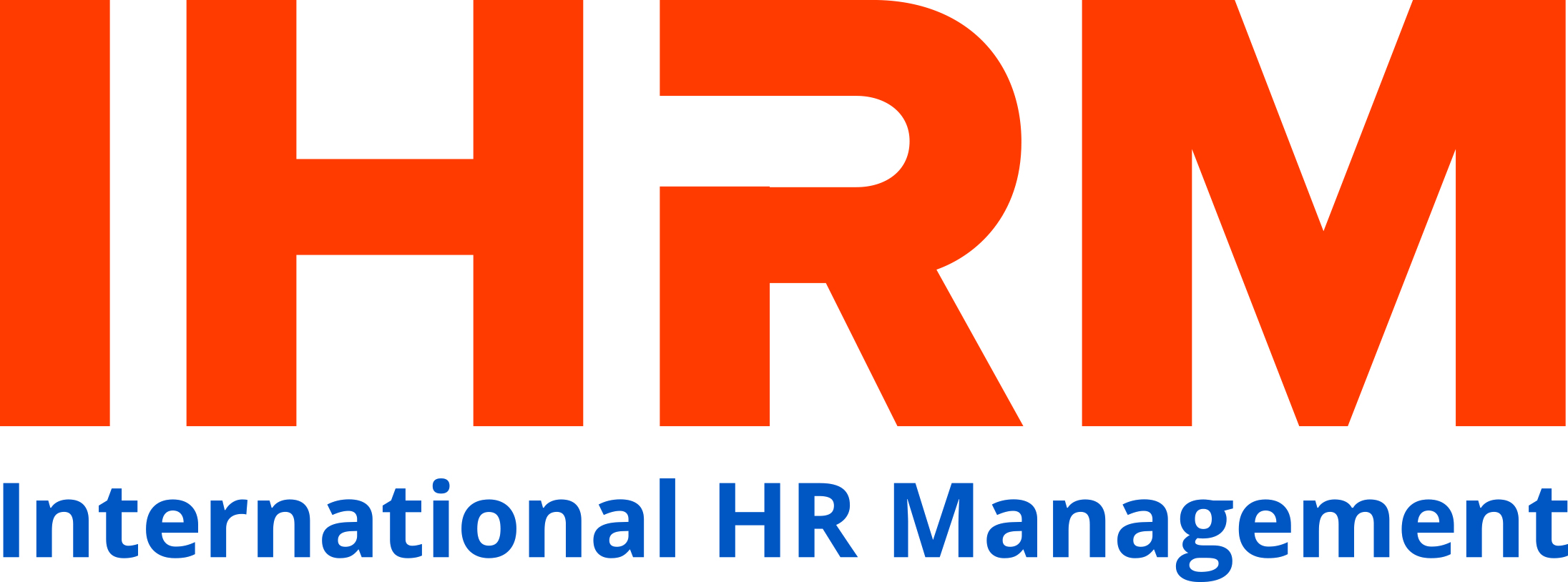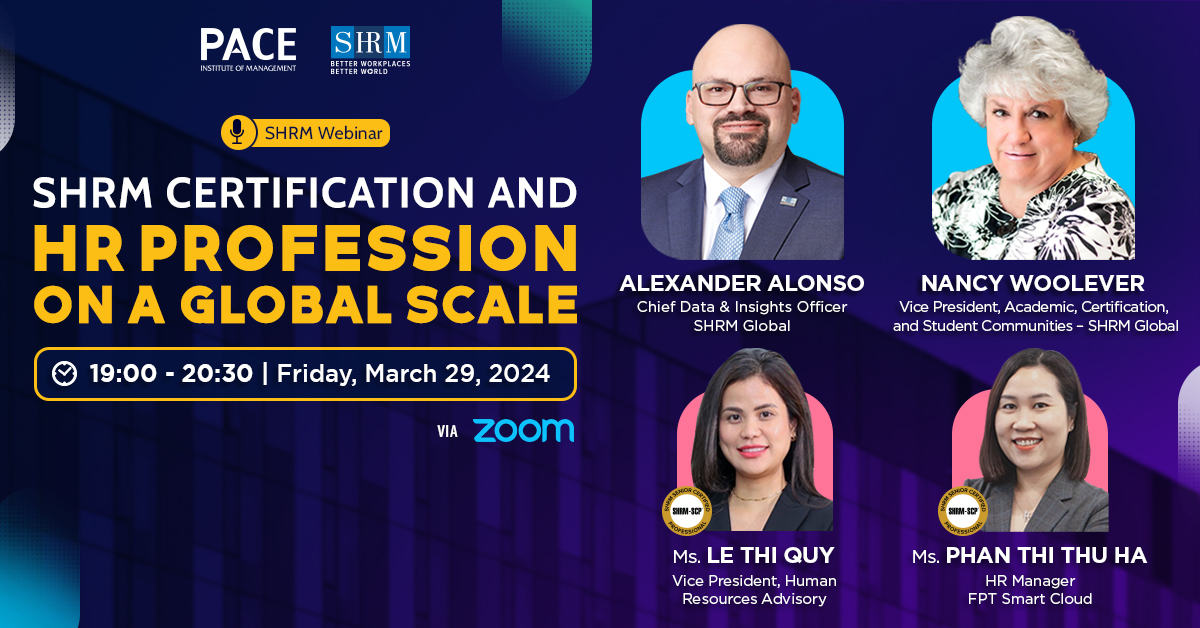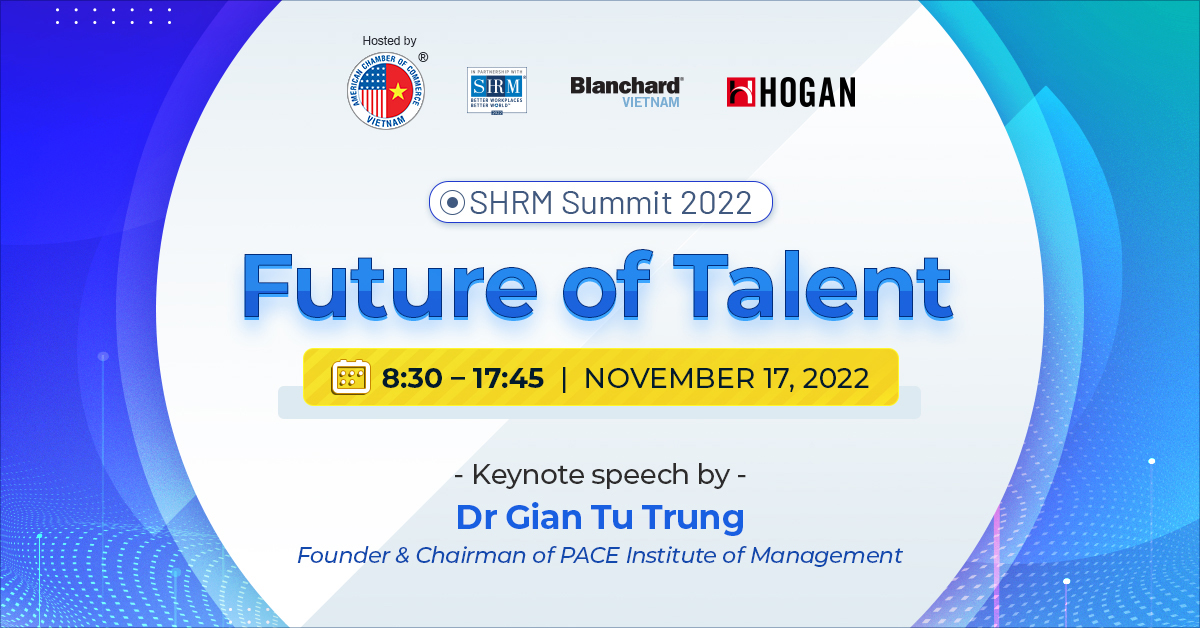PRACTICE MAKES PROFICIENT: MANAGING RELATIONSHIPS IS CRITICAL TO HR
The ability to create and maintain internal and external networks is part of the definition of Relationship Management in the SHRM Body of Competency and Knowledge (SHRM BoCK). Relationship management is important in business, too. It is recognized as a pillar of emotional intelligence and a key to effective management.
As HR professionals, our job of balancing the needs of the organization against the needs of its employees depends on managing relationships. In a volatile and uncertain business world, our networks and relationships give us resources for survival. Working in HR, we deal with new laws and business challenges continually. It is impossible to respond effectively if we don't have contacts and networks that can help us with resources and answers. Even more important, if we have not banked goodwill in our organizations through engaged relationships, we won't be able to retain talent, resolve employee conflicts and respond to business needs.
So how can we develop this critical competency? As always, active participation in the subcompetencies is key. The Relationship Management subcompetencies are networking, relationship building, teamwork, conflict management and negotiation. The ability to develop networks, work in a team, resolve conflicts and negotiate allows us to respond to the continuing challenges we face in our work and careers.
As HR professionals, our job of balancing the needs of the organization against the needs of its employees depends on managing relationships. In a volatile and uncertain business world, our networks and relationships give us resources for survival. Working in HR, we deal with new laws and business challenges continually. It is impossible to respond effectively if we don't have contacts and networks that can help us with resources and answers. Even more important, if we have not banked goodwill in our organizations through engaged relationships, we won't be able to retain talent, resolve employee conflicts and respond to business needs.
So how can we develop this critical competency? As always, active participation in the subcompetencies is key. The Relationship Management subcompetencies are networking, relationship building, teamwork, conflict management and negotiation. The ability to develop networks, work in a team, resolve conflicts and negotiate allows us to respond to the continuing challenges we face in our work and careers.

Approaches to Developing Proficiency in Relationship Management
On the job:
Think about work relationships that you have had and select a successful one and an unsuccessful one to analyze. Make a list of words that describe each one to determine the best practices and aspects you will use going forward.
Ask peers or managers to describe their experiences in working with you, including what is good and what is not.
Participate in projects that need cross-functional teamwork.
Volunteer to help at least one person in your work unit or department each week or month.
Volunteer to facilitate a discussion with others to solve a work problem.
Meet with individuals from other areas of the company and ask how you or your employees can work together more effectively. Then decide how to use their suggestions.
Ask people who do not normally work together to work on a problem or project together.
Identify an organizational problem or challenge and then work with a group to come up with a solution, which you will then pitch to management. Ask for feedback on your presentation, whether you are successful or not.
Pass along interesting articles or blogs to others who might benefit from the information.
Consider what changes might be made to HR policies to help build better relationships with employees while protecting business interests.
Coaching and mentoring:
Find a mentor who is recognized as someone who works well with leaders and employees in the organization and ask him or her to work with you to develop your skills.
Seek out people in different industries or fields and ask them to coach you on how to build networks and relationships in those areas.
Communicate with a less experienced professional co-worker in a different generational group and meet regularly to discuss how you see trends and activities within the company, to better understand each other.
Professional and community activities:
Interact with and get to know people outside your normal sphere:
Enhance your professional network by attending non-HR meetings and events.
Volunteer to work on community and charitable projects.
Attend SHRM conferences and events.
Network by introducing yourself, then asking others about themselves before telling them about you. Listen carefully before speaking.
Network online with other HR professionals using the SHRM Connect platform.
Reading and research:
Books:
What Color Is Your Brain? A Fun and Fascinating Approach to Understanding Yourself and Others (Slack Incorporated, 2007) by Sheila N. Glazov.
The Emotional Intelligence Quick Book: Everything You Need to Know to Put Your EQ to Work (Fireside, 2005) by Travis Bradberry and Jean Greaves.
The Speed of Trust: The One Thing That Changes Everything (Free Press, 2006) by Steven Covey.
All for One: 10 Strategies for Building Trusted Client Partnerships (Wiley, 2009) by Andrew Sobel.
How to Win Friends and Influence People, New Edition (Vermillion, 2006) by Dale Carnegie.
Performing Under Pressure: The Science of Doing Your Best When It Matters Most (Crown Business, 2015) by Hendrie Weisinger and J.P. Pawliw-Fry.
Nine Minutes on Monday: The Quick and Easy Way to Go From Manager to Leader (McGraw-Hill, 2012) by James Robbins.
Reality-Based Leadership: Ditch the Drama, Restore Sanity to the Workplace, and Turn Excuses into Results (Jossey-Bass, 2010) by Cy Wakeman.

Read SHRM special reports and expert views to find out what thought leaders are saying about how to be successful in HR.
Educational activities:
Choose from the many courses available, including SHRM seminars and workshops.
Participate in SHRM recertification activities (workshops, seminars, podcasts, etc.) that are preapproved for professional development credits (PDCs).
SOURCE: SHRM.ORG
|
Training Program
 Internationalize the human resource management capabilities of HR professionals in Vietnam Opening Date: September 26, 2019 in Hanoi
Opening Date: Jun 21, 2019 in HCMC
|










